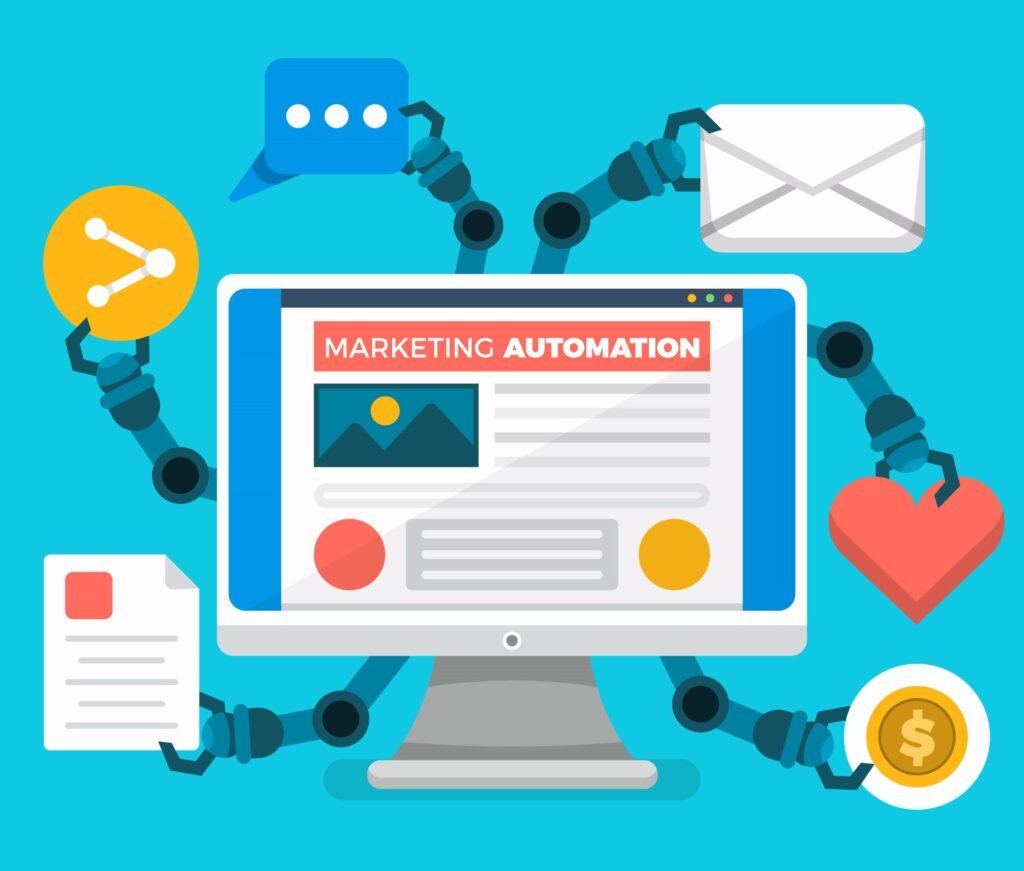In today’s digital age, email marketing remains an essential tool for businesses to engage with their audience effectively. However, manually managing email campaigns can be time-consuming and inefficient. This is where email marketing automation comes into play. In this guide, we’ll delve into the intricacies of understanding email marketing automation and how it can revolutionize your marketing efforts.
What is Email Marketing Automation?
Email marketing automation involves using software to automate the process of sending targeted emails to your subscribers based on predefined triggers and actions. These triggers could include actions such as signing up for a newsletter, making a purchase, or abandoning a cart on your website. By automating these processes, businesses can deliver personalized and timely messages to their subscribers, resulting in higher engagement and conversions.
Key Benefits of Email Marketing Automation
1. Increased Efficiency:
With email marketing automation, you can set up campaigns in advance and schedule them to be sent at optimal times. This eliminates the need for manual intervention, allowing you to focus on other aspects of your business.
2. Improved Personalization:
By segmenting your email list based on factors such as demographics, purchase history, or browsing behavior, you can deliver highly targeted and relevant content to each subscriber. This personalized approach not only enhances the subscriber experience but also increases the likelihood of conversions.
3. Better Engagement:
Automated emails can be triggered based on specific actions taken by subscribers, such as clicking a link or visiting a particular page on your website. This timely communication keeps subscribers engaged with your brand and encourages them to take desired actions.
Understanding Email Marketing Automation Workflows
Email marketing automation workflows are sequences of automated emails that are triggered by specific actions or events. These workflows allow you to nurture leads, onboard new subscribers, and re-engage inactive users. Here are some common types of email marketing automation workflows:
1. Welcome Series:
This series of emails is sent to new subscribers to introduce them to your brand, provide valuable information, and encourage further engagement.
2. Abandoned Cart Recovery:
When a subscriber adds items to their cart but doesn’t complete the purchase, automated emails can be sent to remind them and incentivize them to complete the transaction.
3. Lead Nurturing:
By delivering targeted content to leads at different stages of the sales funnel, you can nurture them towards making a purchase decision.
Choosing the Right Email Marketing Automation Tool
There are many email marketing automation tools available in the market, but one popular option is ConvertKit. ConvertKit is a user-friendly platform that offers a wide range of features to help businesses automate their email marketing efforts. With ConvertKit, you can easily create automated workflows, segment your audience, and track the performance of your campaigns.
In conclusion, understanding email marketing automation is essential for businesses looking to streamline their marketing efforts and drive better results. By leveraging the power of automation, you can deliver personalized messages to your subscribers, increase engagement, and ultimately, boost conversions. Consider integrating ConvertKit into your marketing strategy to take full advantage of email marketing automation and maximize your ROI.
I useConvertKitto manage my email marketing, and I highly recommend it! Sign up for your free account using my link and see for yourself.


